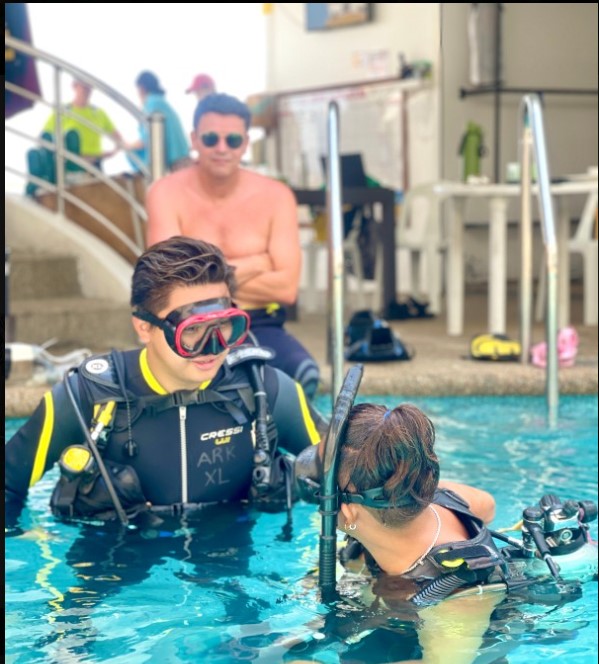At the heart of it, is diving truly safe? Well, yes and no.
Let’s unpack this. Even though we aspire for diving to be inherently safe, it’s essential to recognize the potential risks.
One instructor said this is the ocean, with jellyfish, currents, and sea urchins. Even if they are not diving, just walking on the shore with a foot of water, you can still encounter the mentioned marine animals.
But you see, with the extensive training required to ensure safety while diving, the majority of drills revolve around reminding you to dive to dive another day to make scuba diving safe. And your guide and instructor drilling you with reminders and precautions. Well, preparation for the unknown will indeed be natural if not from you, but from your guide.
Because, ultimately, a smooth dive entails doing very little.
DIVE YOUR TRAINING LEVEL
Picture a successful dive: you’re underwater, calm, breathing steadily, and if you’re in natural environments like oceans or caves, remaining undisturbed to preserve the surroundings.
Scuba diving can be safe when proper precautions are taken.

Like any adventurous activity, it involves risks, but with appropriate training, equipment maintenance, adherence to safety protocols, and awareness of environmental conditions, the risks can be minimized.
It’s essential for divers to undergo thorough training and certification, dive within their limits, and always dive with a buddy.
Philippine Scuba Dive Guides
Additionally, staying informed about local diving regulations and conditions can contribute to a safer diving experience.

And in the Philippines, scuba diving guides are trained to protect at all times. Filipino scuba dive guides have this natural instinct to be protective, which was why I found that scary dive movie (Open Water) with the divers getting left behind to be impossible.
Because before I became MSD my dependency on dive guides was like a hundred percent. I was treated like a princess, cared for, and looked out for. So the mere thought of getting left behind or lost was next to impossible, really. And with that lets move on to
COMPLACENCY
Real emergencies due to complacent attitudes can be fatal. Ignoring safety protocols because you think you’ve got it all figured out after training is a dangerous mindset. Complacency could cost lives.

So, what’s the key takeaway here? It’s about understanding the relationship between safety and preparation.
Flying is often touted as one of the safest modes of transportation, but it’s not because it’s inherently safe. It’s because of the meticulous preparation, checks, and adherence to safety protocols by the airline industry.
RESPECT THE GUIDELINES
Similarly, diving can be safe, but only when approached with the same level of meticulousness and respect for safety guidelines.
In essence, diving is safe when complacency is replaced with vigilance and adherence to safety protocols. So, let’s ensure that every dive remains as tranquil and incident-free as possible by prioritizing safety above all else.
DIVE TO DIVE ANOTHER DAY

